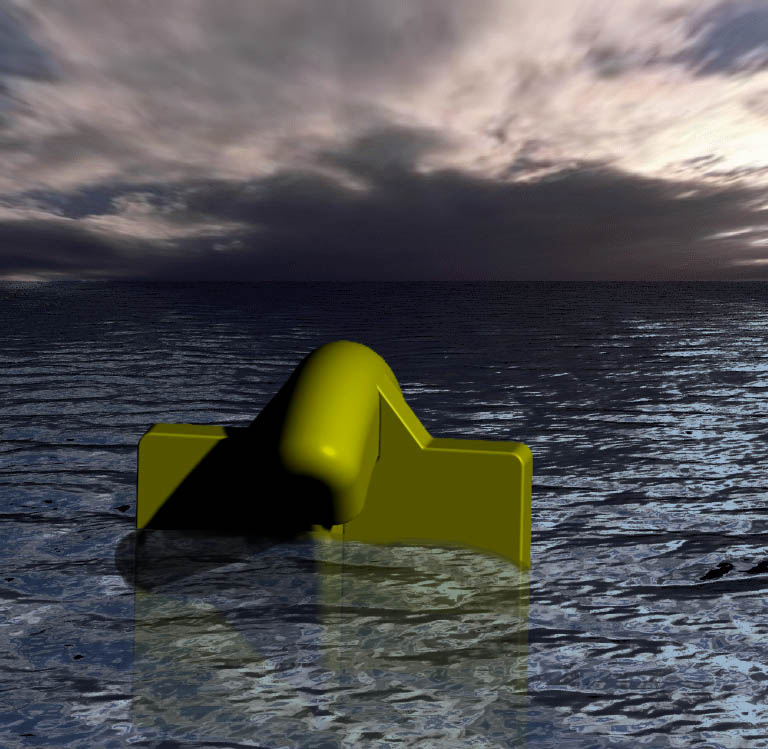Continuous-time PIP control of marine energy converters
Lancaster University, Doctor of Philosophy, 2012
Supervisors: C.J. Taylor and G.A. Aggidis
Abstract
This thesis considers the modelling and feedback control of continuous-time systems, focusing on the non-minimal state space (NMSS), proportional-integral- plus (PIP) control methodology. The control problems associated with marine energy devices, in particular wave energy converters (WECs), provide the main motivation and context for this work. The high-level objective for a WEC is to maximise energy extracted by the device; consequently, a range of optimisation strategies have been proposed, including various on-line tuning techniques. However, adaptive tuning requires high performance low-level feedback control of the device actuators, a subject that has received less attention in the literature.
To investigate these issues, the thesis employs a simulation of a hydraulic power take-off (PTO) circuit linked to a hydrodynamic model of a point absorbing WEC. The damping force in the PTO is continuously adjusted by changing the torque supplied by an electric generator, allowing the WEC to be tuned to the dominant frequency of the incoming wave spectrum. A hydraulic piston drives the PTO circuit and is considered a significant periodic disturbance signal.
Control schemes for tidal turbines are more advanced than those for WECs, being based upon research already undertaken for wind turbines. However, data are more readily available for wind turbines; consequently, this thesis considers a simulation of a wind turbine in which the generator reaction torque and hub speed are related to the rectifier firing angle and blade pitch.
Earlier research into PIP control design has largely focused on discrete-time systems, often based on a relatively coarse sampling interval. For a WEC, a controller based entirely in the continuous-time domain offers several advantages, not least because most of the theoretical work in this area is considered from a physically-based modelling perspective. In this thesis, the continuous-time NMSS/PIP control methodology is applied to several practical examples, including the PTO problem, revealing limitations in the previously developed univariate approach. Hence, the present thesis necessarily extends the methodology in several new ways:
Basic continuous-time PIP control does not account for the interconnected variables present in many systems, such as the disturbance caused by the piston driving the PTO circuit. For this reason, the author has investigated two forms of feed-forward controller: the first is obtained by extending the non-minimal state vector to include the disturbance signal; the second uses block diagram analysis, an approach found to yield the best performance in simulation.
When the disturbance signal caused by the piston is sufficiently far from the operating level upon which the feed-forward controller is based, the response deteriorates. In order to improve disturbance rejection, the thesis introduces a novel non-linear feed-forward compensator obtained from a state dependent representation of the system dynamics. The controller obtained using this method rejects almost all of the disturbance and more accurately follows the set point in comparison to the linear approach.
Continuous-time multivariate PIP control algorithms are developed and evaluated using the wind turbine simulation. To address a problem with the identified control models being non-proper or descriptor systems, the thesis develops a novel combined multivariate algebraic decoupling and pole assignment algorithm with no reference to the NMSS model.
Finally, the algorithms are evaluated, where appropriate, using other simulated and practical examples, notably a laboratory experiment comprising a connected pair of electric motors. Although a relatively straightforward system to control, it is nonetheless utilised as a preliminary study into practical implementation issues. Indeed, to the author’s knowledge, this represents the first hardware demonstration of continuous-time PIP methods. These experiments were conducted in lieu of wave tank experiments which clearly represent the next stage of the research.
